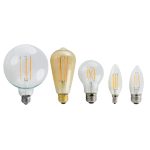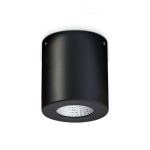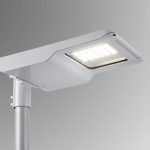DIY Guide: Connect LED Light to Battery and Switch in Simple Steps
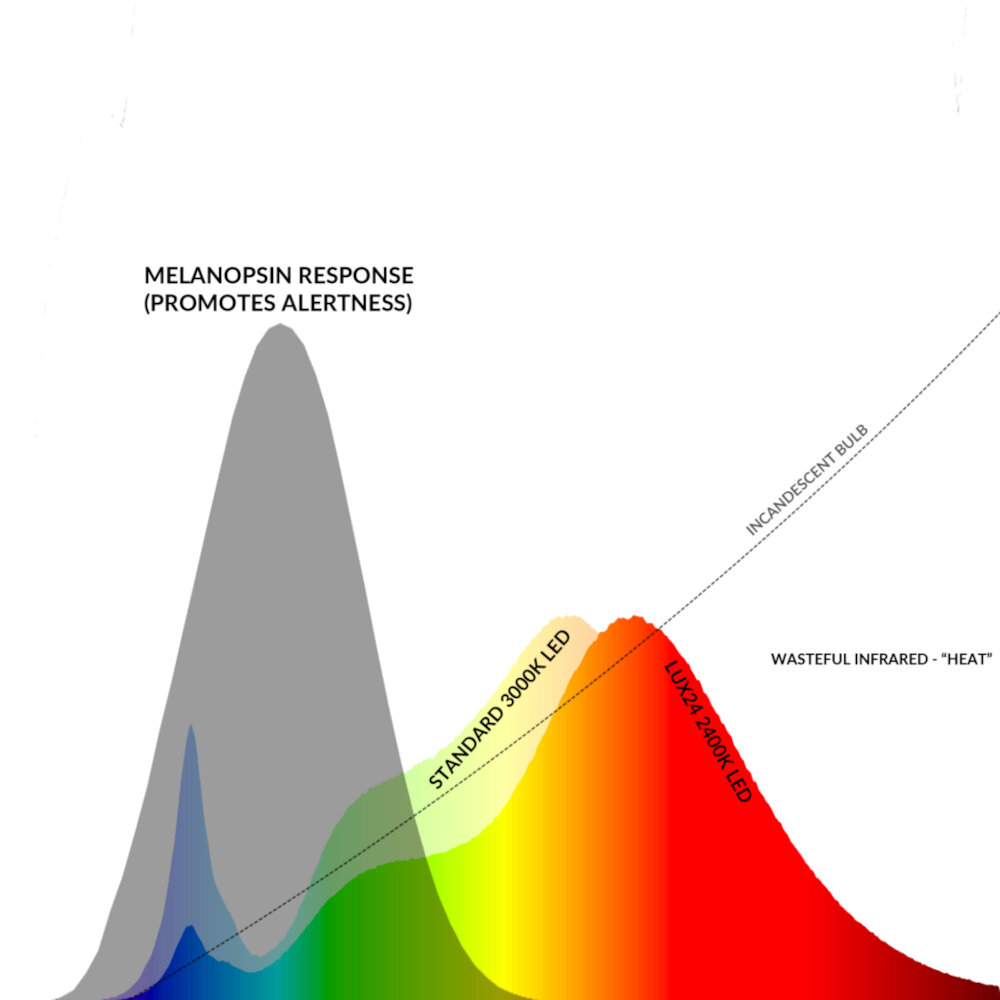
In the world of DIY projects, there’s something special about creating a custom lighting setup. Whether it’s for a home renovation, a unique art piece, or just to add some personality to a space, LED lights are a popular choice for their versatility and energy efficiency. However, the thought of wiring up a battery and switch may seem intimidating to those without much experience in electronics. Fear not, as this guide will walk you through the process step-by-step, making it easy to connect your LED lights to a battery and switch. First and foremost, it’s important to gather all the necessary materials before getting started. This will include your LED lights, a battery holder, a battery, a switch, and wires to connect everything together. Depending on the specifics of your project, you may also need a soldering iron and other tools to ensure a secure connection. Once you have everything you need, it’s time to dive in and get started on creating your custom LED lighting setup. With a little bit of patience and attention to detail, you’ll be amazed at what you can accomplish with just a few simple components.
Connecting an LED light to a battery and switch is a popular DIY project that can be a fun and rewarding experience for anyone looking to add a personalized touch to their living space. By using a battery and switch, individuals can easily control the on and off function of their LED light, making it a convenient and energy-efficient lighting solution. Whether you’re looking to add a cozy ambiance to your bedroom or create a unique accent piece for your living room, connecting an LED light to a battery and switch can provide a creative outlet for those looking to explore their DIY skills. With just a few simple steps and some basic materials, anyone can create a custom LED light that is both functional and aesthetically pleasing.
Materials Needed
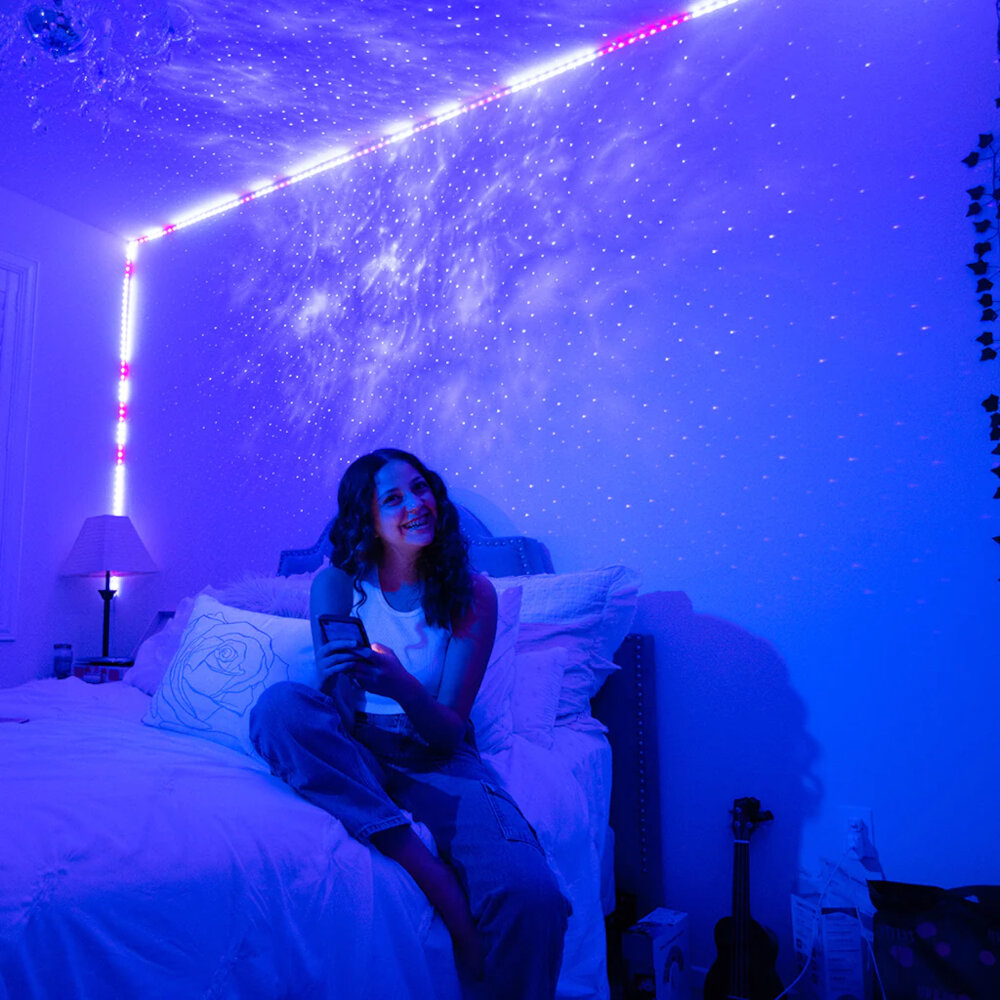
To successfully complete the DIY project of connecting LED lights to a battery and switch, it is important to have all the necessary materials beforehand. The essential materials required for this project include LED lights, a battery, wires, a switch, a soldering iron, and a soldering wire. The LED lights come in various colors, shapes, and sizes, and you need to select the ones that suit your requirements. Similarly, the battery should have a suitable voltage and capacity to power the LED lights. The wires should be of the right gauge and length to connect the battery, switch, and LED lights. It is recommended to use stranded wires as they are more flexible and durable. The switch is an essential component in this project as it enables you to control the LED lights’ on and off function. You can choose between various types of switches, including toggle, rocker, and push-button switches, depending on your preference. A soldering iron is necessary for connecting the wires to the LED lights and switch. It is essential to use a high-quality soldering iron to ensure the connections are secure and safe. Finally, a soldering wire is required to create a strong connection between the wires and the components. By having all the necessary materials, you can ensure that the project is completed efficiently and effectively.
To successfully connect an LED light to a battery and switch, you will need several materials and tools. The list of necessary materials includes an LED light, a battery, a switch, wires, and any necessary resistors. The LED light is the centerpiece of the project, and the battery provides the power needed to illuminate it. The switch is required to turn the light on and off, while the wires are used to connect everything together. Depending on the type of LED light you are using, you may also need a resistor to regulate the flow of electricity. In addition to these materials, you will also need some tools, such as wire strippers, pliers, and a soldering iron, to make the necessary connections. With all of these materials and tools in hand, you will be ready to complete the task of connecting your LED light to a battery and switch in just a few simple steps.
StepbyStep Guide
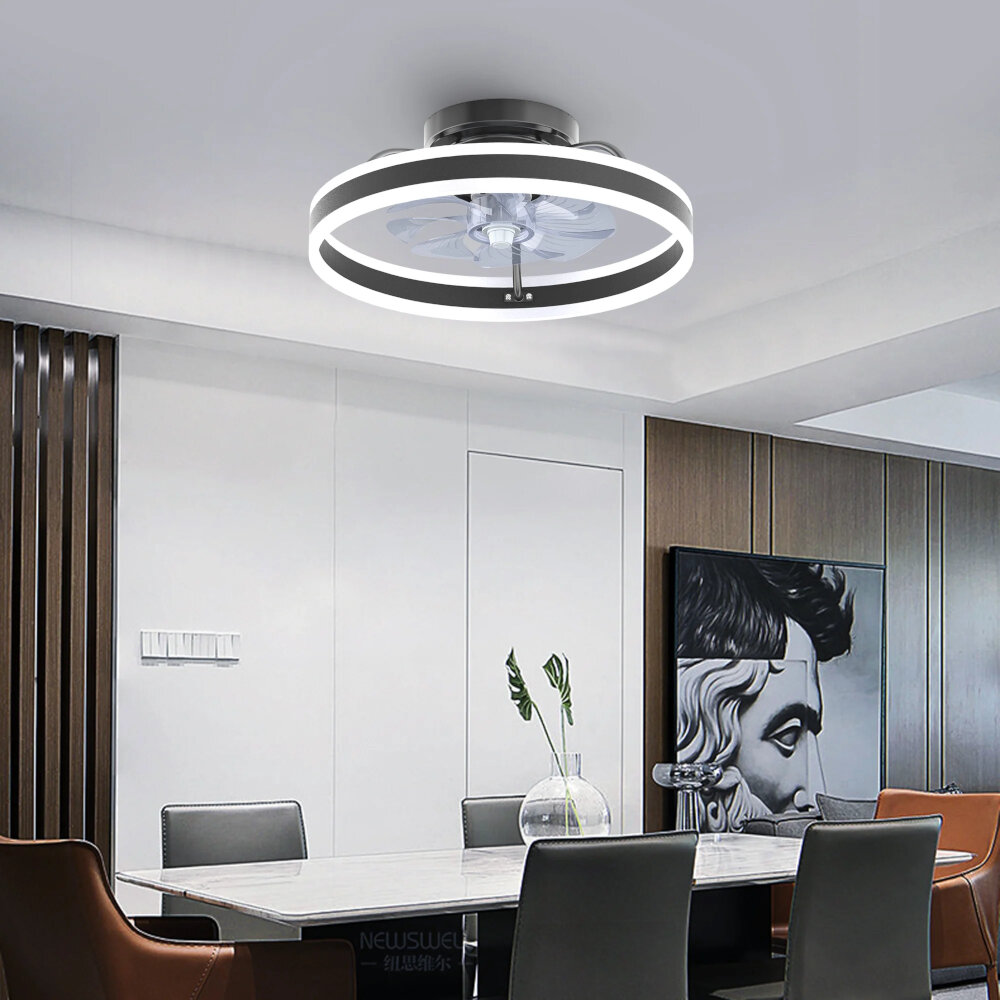
For any DIY enthusiast, having a step-by-step guide can make a project much more manageable. In the case of connecting an LED light to a battery and switch, a step-by-step guide is essential to ensure that the project is executed correctly. The guide should be formatted in a way that is easy to follow, with clear instructions and diagrams. It should begin by explaining the tools and materials needed for the project and then move on to the steps required to complete it. Each step should be explained in detail and include any tips or tricks that could be helpful. By following a step-by-step guide, even a novice DIYer can complete the project with ease. One of the benefits of a step-by-step guide is that it can help to prevent mistakes. When working on a DIY project, mistakes can happen, and they can be costly. However, by having a clear guide to follow, the chances of making a mistake are greatly reduced. Additionally, a step-by-step guide can help to save time. Instead of trying to figure out what to do next, the guide provides a clear path forward, allowing the DIYer to complete the project more quickly. Finally, a step-by-step guide can help to build confidence. As the DIYer completes each step successfully, they gain confidence in their abilities and are more likely to tackle more complex projects in the future.
Connecting an LED light to a battery and switch is a simple process that requires a few basic tools and components. To begin, gather a 9V battery, a battery snap connector, a toggle switch, and an LED light with two wires. First, connect the battery snap connector to the battery by matching the red wire to the positive (+) terminal and the black wire to the negative (-) terminal. Next, attach the switch to the red wire by connecting one end to the center pin and the other end to either of the outer pins. Finally, connect the wires from the LED light to the remaining outer pin on the switch and the black wire on the battery snap connector. To ensure proper connections, use a multimeter to check for continuity before turning on the switch. Refer to the diagrams or images provided for a visual guide to make the process easier to understand. With these simple steps, you can easily connect an LED light to a battery and switch for your next DIY project.
Testing and Troubleshooting
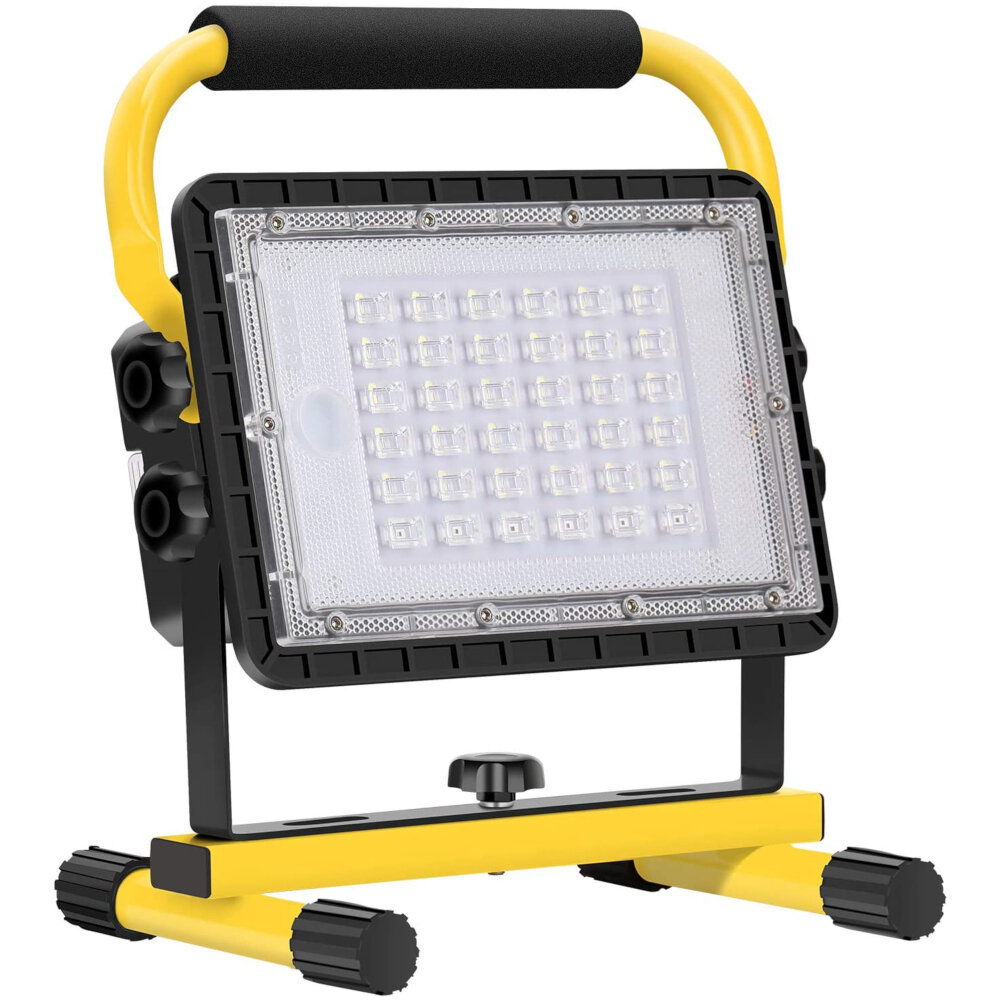
Testing and troubleshooting are crucial steps to ensure that the DIY project of connecting LED light to a battery and switch is successful. Testing involves checking the electrical connections to make sure that there are no loose wires, and the polarity is correct. This can be done using a multimeter, which measures the voltage and resistance of the circuit. Testing also involves checking the LED light to ensure that it is working correctly. This can be done by connecting the LED light directly to the battery and checking if it lights up. If the LED light does not light up, it could be because of an incorrect wiring connection, a faulty LED light, or a dead battery. Troubleshooting involves identifying and fixing any issues that arise during testing. This can include checking the wiring, replacing faulty components, or recharging the battery. It is essential to test and troubleshoot the circuit before installing it permanently, as it can save time and prevent potential hazards. Testing and troubleshooting can help identify any issues before they become critical, and prevent damage to the LED light, battery, or other components. It is also essential to follow safety precautions when working with electrical components, such as wearing gloves, using insulated tools, and working in a dry environment. By following the necessary steps for testing and troubleshooting, DIY enthusiasts can successfully connect LED light to a battery and switch in simple steps, and enjoy the benefits of their DIY project.
Testing the connection between the LED light, battery, and switch is a crucial step in ensuring that the circuit works correctly. Before connecting the components, it’s essential to inspect the wires for any damage, ensuring they’re not frayed or cut. Once all the components are connected, turn on the switch and check if the light comes on. If the light doesn’t turn on, there may be a loose connection or a faulty component. Troubleshooting the issue may involve checking the battery’s charge, inspecting the switch for any damage, and ensuring the wires are connected correctly. It’s also important to use the appropriate tools and safety equipment, such as wire strippers and gloves, when testing and troubleshooting the circuit.
Safety Tips
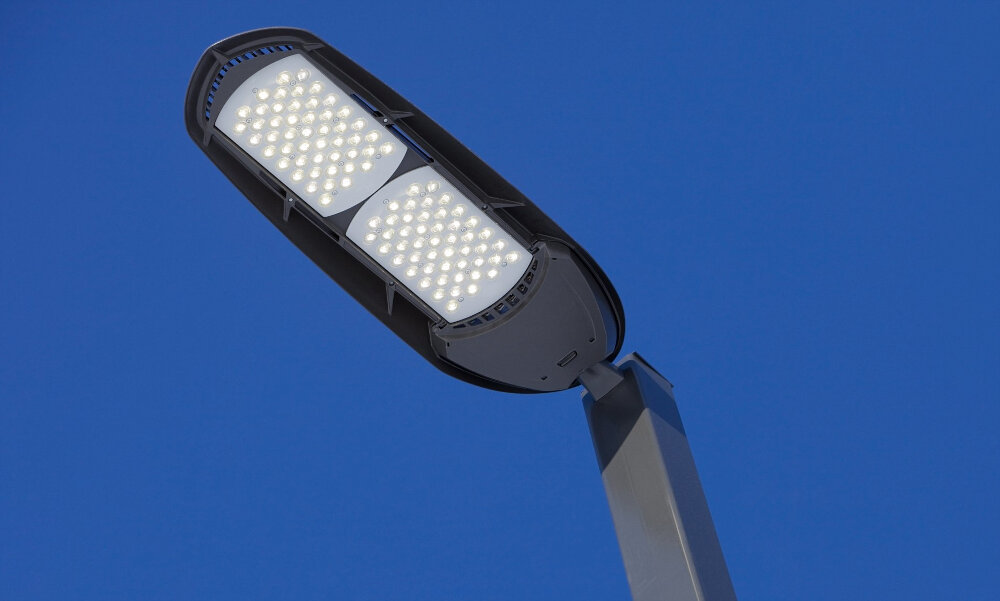
When working with electronics, it’s important to prioritize safety. Here are a few tips to keep in mind as you connect your LED light to a battery and switch. First and foremost, make sure that the power is off before you begin working. This will help to prevent any potential electrical shocks or other hazards. Additionally, be sure to wear appropriate protective gear, such as gloves and safety glasses, to protect your hands and eyes from any debris or other hazards that may arise during the process. Finally, it’s a good idea to work in a well-ventilated area to prevent any potential exposure to harmful fumes or gases. Another important consideration is to double-check all of your connections before powering up your LED light. Make sure that all wires are properly secured and that there are no loose connections that could lead to a short or other issue. If you’re not sure about a particular connection, take the time to research or consult with an expert before proceeding. Finally, be sure to follow the manufacturer’s instructions carefully and never try to modify or alter any components unless you are specifically trained to do so. By taking these precautions, you can help to ensure that your LED light is connected safely and will provide reliable performance for years to come.
When working with batteries and electrical components, it is crucial to take important safety precautions to avoid potential hazards. Firstly, always ensure that the power source is disconnected before handling any electrical components. Wear rubber gloves and safety glasses to protect yourself from electrocution and chemical exposure. It is also recommended to work in a well-ventilated area to prevent inhaling toxic fumes. Always use insulated tools and avoid touching any exposed wires or terminals. Additionally, never mix different types of batteries or batteries with different voltages as this can lead to overheating and explosions. By taking these safety precautions seriously, you can minimize the risk of accidents and injuries while working with batteries and electrical components.
In summary, connecting an LED light to a battery and switch is a simple and rewarding DIY project that anyone can do. The first step is to gather the necessary materials and tools, which include an LED light, battery holder, switch, wires, and a soldering iron. Next, the wires should be soldered to the LED light and battery holder, and the switch should be wired in between them. Finally, the battery should be inserted into the battery holder and tested to make sure the light turns on and off. Don’t be afraid to try this DIY project and add your own personal touch to it. You could try using different types of LED lights, switches, or even incorporate a dimmer switch. The possibilities are endless, so let your creativity shine!
Conclusion
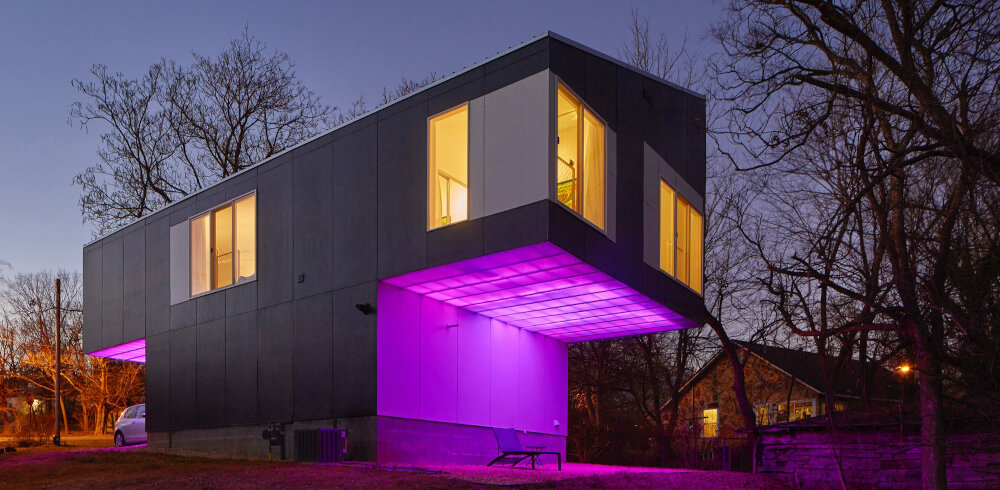
In conclusion, connecting LED lights to a battery and switch is a relatively simple task that can be accomplished by anyone with basic knowledge of electronics. By following the step-by-step guide provided, you can create a custom lighting solution for your home or office that is both functional and aesthetically pleasing. Whether you’re looking to add some ambiance to your living space or illuminate a work area, the possibilities are endless when it comes to DIY LED lighting. So why not give it a try and see what kind of creative solutions you can come up with? With a little patience and some basic tools, you’ll be well on your way to creating a custom lighting system that perfectly fits your needs and style.

